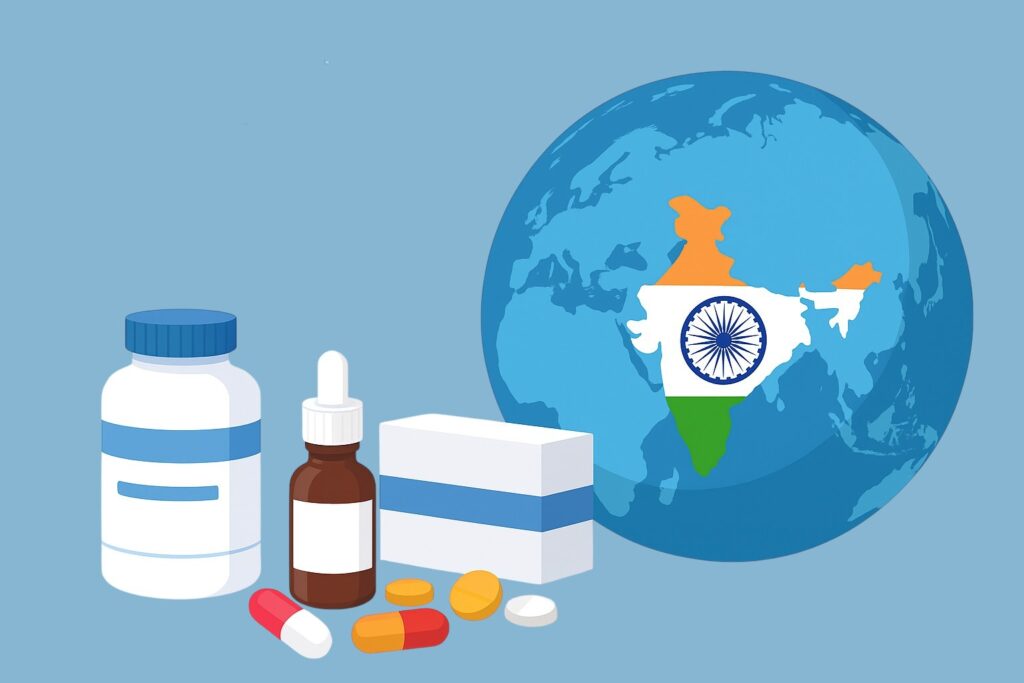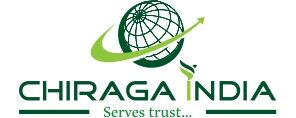
🌍 Why the World Trusts Indian Medicines
Quality & Compliance – WHO-GMP, USFDA, EMA, and other international approvals.
Affordable Prices – India provides medicines at 30–50% lower cost than developed nations.
Wide Product Range – From generics to OTC, herbal, ayurvedic, and vaccines.
Strong Supply Chain – Export to 200+ countries with sea, air, and courier networks.
Skilled Workforce – India produces world-class pharmacists, scientists, and R&D experts.
India has become the “Pharmacy of the World”, supplying affordable, high-quality medicines to more than 200 countries.
From lifesaving generics to herbal nutraceuticals, Indian pharma exporters are trusted partners for buyers in Africa, Gulf, US, UK, and Europe.
In this blog, we explore why the world relies on Indian medicines, and how both importers and exporters can benefit from this growing global trade.
Why India is Called the “Pharmacy of the World”
Volume Leader: India is the largest provider of generic medicines globally, supplying nearly 20% of the world’s generic drug exports.
Vaccine Hub: Over 60% of global vaccines are manufactured in India, serving children and adults worldwide.
Affordability: Indian medicines are 30–70% cheaper compared to Western alternatives, without compromising quality.
Global Reach: Exports cover Africa, Gulf, Europe, US, and Latin America, making India a universal supplier.
This combination of scale, quality, and cost has made Indian medicines a trusted choice for both governments and private distributors.
✅Regulatory Quality and Global Approvals
One of the key reasons buyers trust Indian pharma is strict quality compliance.
WHO-GMP Certified Units – Thousands of Indian manufacturing plants meet WHO standards.
USFDA, EMA Approvals – India has the highest number of USFDA-approved plants outside the US.
Affordable Biologics & Biosimilars – Complex medicines like insulin and oncology drugs are produced at international standards but at much lower costs.
Stringent Documentation – Exporters provide COA (Certificate of Analysis), COO (Certificate of Origin), and Free Sale Certificates, ensuring transparency.
For importers, this means risk-free sourcing with guaranteed regulatory approval in their home markets.
✅ Cost-Effectiveness and Generic Medicine Power
India is known for its generic medicine revolution. When patents expire, Indian manufacturers quickly produce bioequivalent generics that are affordable and widely accepted.
For example:
An antimalarial drug costing $5 per tablet might cost just $0.50 when sourced from India.
HIV medicines supplied by Indian companies have reduced global treatment costs by over 80%, saving millions of lives in Africa.
This affordability allows importers to maximize margins while ensuring patients get access to life-saving drugs.
✅ Case Studies: India’s Pharma Impact Around the World
1. Africa: Fighting Malaria and HIV
India is the largest supplier of antimalarials and HIV medicines to Africa. Indian companies like Cipla and Sun Pharma have long-term agreements with African governments and NGOs. Small exporters also supply over-the-counter products such as painkillers, ORS powders, and herbal remedies.
2. Gulf Countries: Rising Demand for Branded Generics
Countries like UAE, Saudi Arabia, and Oman are increasingly importing branded generics and nutraceuticals from India. Buyers prefer Indian exporters for their fast shipping (7–10 days) and private labeling options.
3. United States and Europe: Generics at Scale
India supplies 40% of the generic demand in the US and 25% in Europe. Importers trust India because of strict compliance with USFDA & EMA regulations, making it the most reliable low-cost source.
4. Latin America: Herbal and Nutraceutical Growth
Countries like Brazil and Mexico have growing demand for Ashwagandha, Moringa, and Multivitamin Capsules. Indian exporters are filling the gap by combining traditional Ayurveda with modern nutraceutical science.
✅ Why Buyers Trust Indian Exporters
Wide Product Portfolio – From basic tablets to complex biologics.
Competitive Pricing – Buyers can increase their profit margins.
Small MOQ Options – Merchant exporters in India allow buyers to start small.
Trustworthy Documentation – WHO-GMP, COA, COO provided as standard.
Faster Turnaround – Quick response and faster shipping compared to other sourcing countries.
For a new buyer entering pharma trade, India is the safest and most cost-effective partner.
✅ Why Sellers (Exporters) Should Focus on Pharma Trade
For Indian entrepreneurs and small businesses, pharma export offers huge growth opportunities:
No need to own a factory – become a merchant exporter by partnering with licensed manufacturers.
Low initial investment – You can start with ₹3–5 lakh and grow gradually.
Global Demand – Shortages in Africa, Gulf, and Latin America create consistent opportunities.
High Growth Potential – Start with 1–2 buyers and expand to 5+ countries within a year.
✅ Role of Small Exporters in Global Trade
Big corporations dominate headlines, but small exporters are creating silent revolutions.
They provide flexibility with smaller consignments.
They build direct relationships with buyers.
They offer private labeling and customized packaging, which is highly valued in Africa and Gulf.
Example: A small exporter from Gujarat started in 2024 with only 4 OTC medicines. By 2025, they scaled to 7 active buyers across East Africa, exporting ₹15 lakh per month.
✅ Growing Segment: Herbal and Nutraceutical Exports
Alongside pharma, herbal and nutraceutical products are booming:
Ashwagandha Capsules – Stress relief and immunity.
Moringa Powder – Superfood in demand in US & Europe.
Turmeric Extract – Anti-inflammatory, widely used globally.
Multivitamins & Probiotics – Growing daily health supplements market.
For importers, this means new profitable product lines. For exporters, it’s an opportunity to diversify beyond allopathic medicines.
✅ Future Trends (2025–2030) in Pharma Export
Rising Demand in Africa & Gulf – Driven by population growth and government health programs.
Nutraceutical Boom – Herbal products expected to grow 20% annually.
Focus on Biosimilars – India is moving beyond generics to advanced biologics.
Digital Pharma Trade – Online B2B platforms making sourcing easier.
E-commerce Exports – Direct-to-patient models opening for OTC and herbal products.
✅ FAQs
Q1: How much capital is required to start pharma export from India?
👉 Minimum ₹3–5 lakh for merchant export model (documents, office, samples).
Q2: Do Indian exporters provide product samples?
👉 Yes, most suppliers provide paid samples before finalizing deals.
Q3: Can buyers order in small quantities?
👉 Yes, Indian exporters offer low MOQ, allowing buyers to start small and grow.
Q4: What are the top demanded pharma exports in 2025?
👉 Generics (Paracetamol, Antibiotics), Antimalarials, HIV drugs, Herbal supplements (Ashwagandha, Moringa), Multivitamins.
Q5: How long does shipping take?
👉 Gulf: 7–10 days, Africa: 15–25 days, Europe: 20–30 days, Latin America: 30–40 days.
India’s pharma industry is not just about big corporations — small exporters and merchant traders are equally shaping the future of global healthcare. The combination of affordability, quality, and regulatory compliance makes India the most trusted supplier of medicines worldwide.
